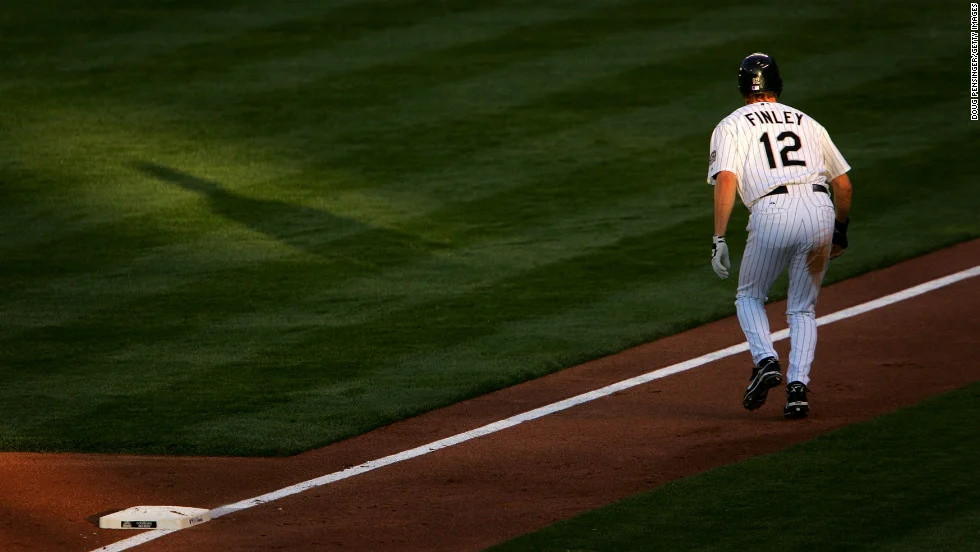The final base from which a base runner can take a lead is third base. From third base, a couple of simple rules apply. The runner’s lead is predicated on the third baseman’s distance from the bag. The base runner can feel comfortable taking a lead that is inside or at that distance from the base as it will take the fielder the same amount of time to reach the bag while the fielder will still have to execute a catch and a tag. That will represent the primary lead for the runner from third base as there is no early lead for a runner from third.
The secondary lead from third base is more of a walking lead towards home plate, again to create activity in the feet. The right foot plants upon the ball entering the contact zone and the base runner reads the play appropriately. A couple of important notes on returning to third base. The base runner should always go out in foul territory to avoid being struck by a batted ball in fair territory which would result in an out. The base runner should always retreat back to the base in fair territory as to cut off the angle from a throw from the catcher. A ball that hits or glances off of the base runner could result in the ball ricocheting into left field allowing for an easy run. It is for this reason that the runner should avoid sliding back to third base on a throw from the catcher as well (see Movie 1.8 for the proper execution of the primary and secondary lead from third base).

